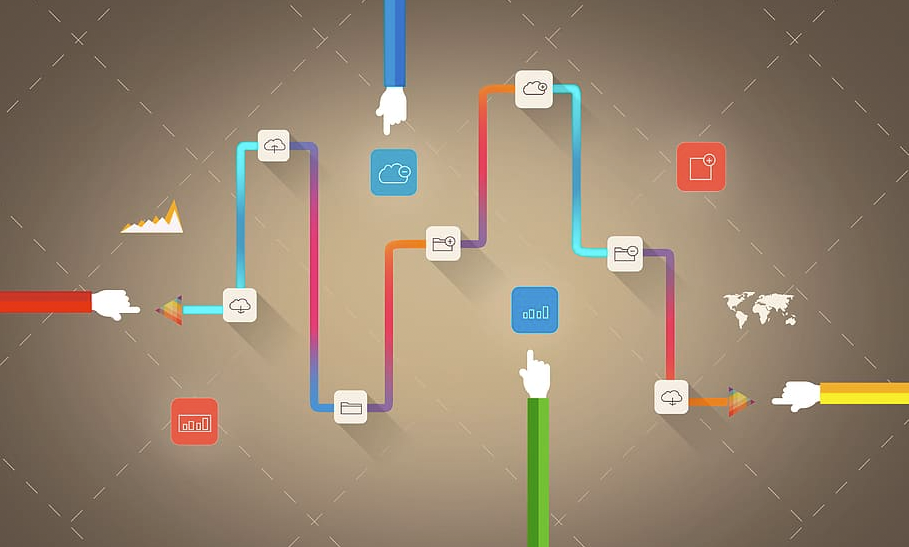
When considering SaaS as a business model, and after running a SaaS company for some time, you will pick up lessons that can help you navigate your journey further.
Let’s take a look:
Table of Contents
You’re solving a problem, not selling a SaaS subscription
Look for all the ways you can help your users solve a problem, from improving your service, to providing screencasts, documentation, articles, books, workshops, code samples, or software.
Treat documentation as part of your core product, not as an addition
When users do not find guides on how to do things with your software, they churn.
Running a blog and a thorough help guide can be very helpful.
Pricing is hard to get right
If your prices are high, you might experience a churn from users who expect your app does everything.
If the price is too low, you’ll attract the wrong customers.
Be prepared to experiment with pricing until you find the sweet spot.
Tips for crafting pricing tiers that boost your sales
How do you select pricing that maximizes the money you make from your products?
It’s surprising how many businesses do it by taking a wild shot in the dark.
We can’t cover all the principles, but here are a few ways to do it:
Add a free pricing tier
It’s common to sell a product with multiple pricing tiers, with the higher prices expanding on benefits or quantity. If this is you, try adding a free pricing tier to get people through the door. While you may have to eat the costs at first, it often pays off long-term.
Get rid of any confusing prices
We’ve noticed brands using confusing pricing and extra fees. To boost your conversions, offer customers a flat-rate price they can understand in seconds.
Don’t build complex plans or tack on extra fees at checkout.
Use a research-backed approach
Run one survey of your target market asking how much they’d pay, and another survey with fixed pricing options.
Then, take the price each person in the open-ended survey said they would pay, subtract the average price of the open-ended group, and add the average price of the closed-ended group.
There are thousands of ways to think about pricing.
But hopefully the tips above help you optimize your pricing strategy so you can maximize revenue in the months to come.
Don’t focus too much on MRR (monthly recurring revenue)
Measuring your daily active users and other success metrics (pages checked, images generated, and others) can be more helpful because they give you an idea of what’s happening now.
That’s because your MRR reflects actions you took in earlier months, not right now.
Use a free trial for paid tiers
When considering SaaS as a business model, a free trial can be useful to attract users, but you might notice how more than 90 percent of paying customers pick a free trial of the “Pro Tier” despite the fact that you offer a free tier.
Free tiers can damage a business because you have a bunch of users who consume resources but don’t offset the cost through revenue.
It’s up to you to balance these two facts.
It’s hard to bring in more traffic, but it’s easier to change what your current traffic does
Getting attention on the internet is a slow and tedious game, especially if you are bootstrapped without a bunch of money for media buying.
But influencing what your traffic does is in your control. Spend time optimizing your website.
How to market your startup
Most startups make the same mistakes.
They check out what their competitors are doing, and try to model that.
Or they try to execute corporate-sized ambitions with a team of 20.
But these aren’t sustainable marketing strategies.
They lead to overstuffed websites, marketing initiatives that exist to check boxes, and workflows that aren’t built for rapidly-growing startups.
Here’s what to do instead:
First, attract customers who find your mission interesting
Most of the time, people buy on emotion. Not logic. They buy to get rid of pain or to increase pleasure.
Which means, then, that people should connect with your startup on a personal, emotional level. So figure out the dominant emotion you’re trying to evoke and make sure it’s present in every piece of marketing.
Second, show people they can trust you
Once potential customers think, “Hey, this is cool,” you need to show them that you are who you say you are.
You should create content and intentionally gather testimonials with the sole purpose of doing this.
Once you’ve accomplished the two things above, you’re poised to make sales.
So as you market your startup, forget industry standards and competitors’ sites and focus on nailing the two steps outlined above.
And let your competitors repeat the same marketing tactics everyone is using… you know, the ones that customers are probably ignoring anyway.


![Backwards 3: How to Type "Ɛ" [EASY]](https://softwareblade.com/wp-content/uploads/2022/02/Screen-Shot-2022-02-19-at-9.03.25-PM-150x150.png)